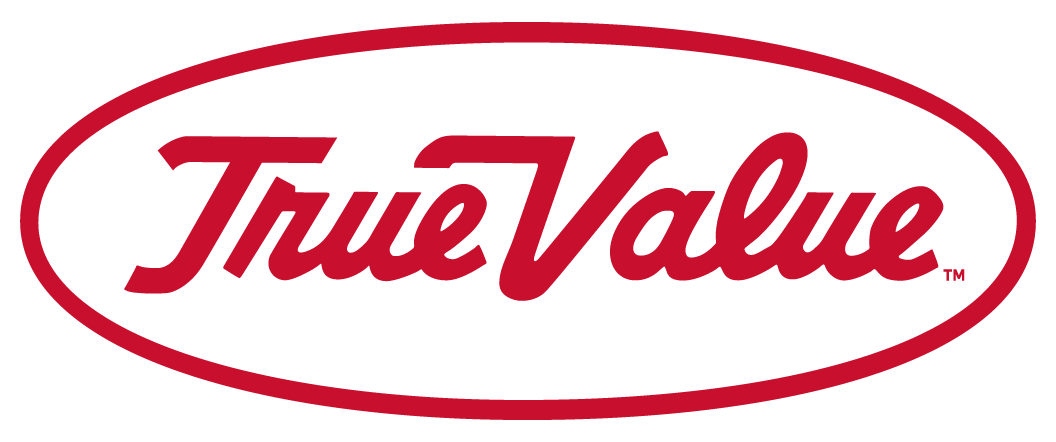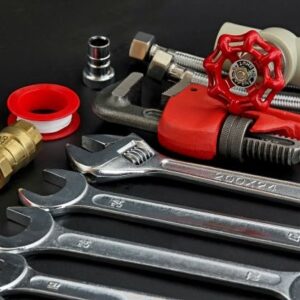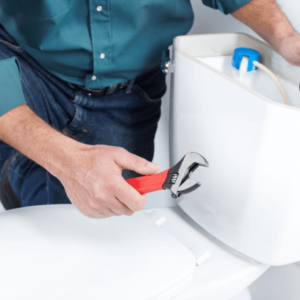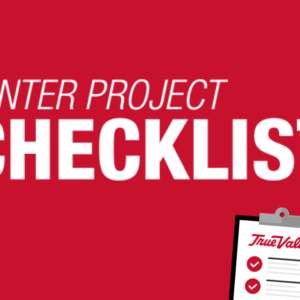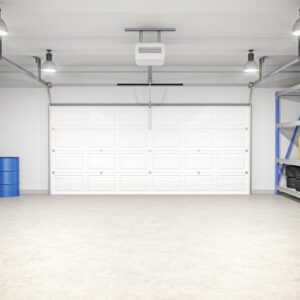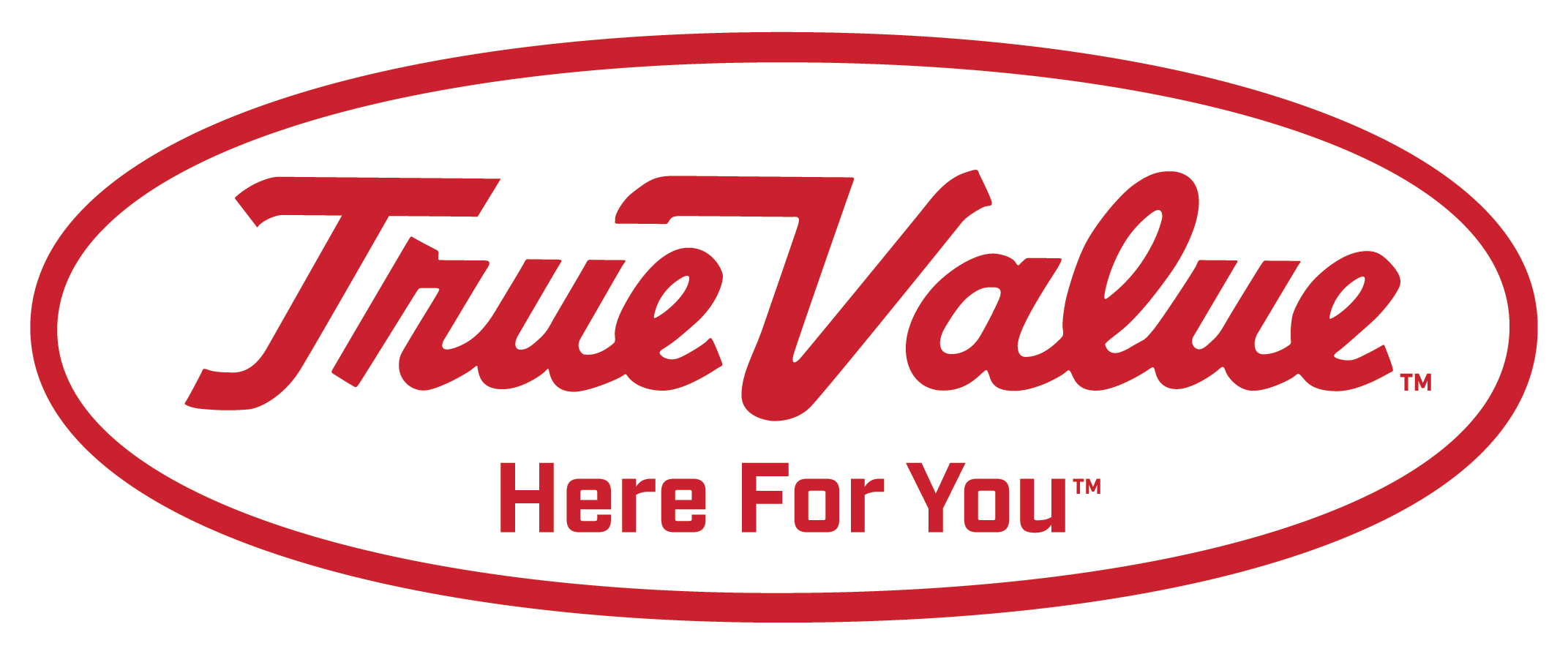Garages often seem to be the catchall location for stuff that needs to be stored. If your car stays outside because you have too many belongings hoarded in the garage, get it organized now by following a few simple steps.
Step 1: Purge Your Garage
In order to get organized, you need to move everything out of the garage. Decide what you need to purge and what you will keep. Toss broken items and sell anything of value that you no longer use. Get rid of anything you haven’t used in a couple of years or more. Hold a garage or yard sale to make some money from the items you need to get rid of. Remember, you can take the proceeds of the sale to buy storage solutions for the stuff you keep.
Step 2: Clean Your Garage Floor
While your belongings are out of your garage you can give the floor and other areas a good scrubbing. Use a wet/dry vacuum to eliminate cobwebs and other debris. Clean the insides of garbage bins and the areas around them with soap and water. Get an oil-enhanced sweeping compound from your local True Value to quickly sweep away dust from the floor.
You can get rid of grease and oil spots with cat litter and some cola. Pour the cola directly on the stain then sprinkle with cat litter. The acid in the cola will break up the grease; the cat litter will absorb it. Sweep up with a broom and dustpan and dispose of it. You can also purchase concrete and asphalt cleaner at your local True Value.
To better remove oil and gas stains, apply a laundry pre-treating solution and let it set for five to 10 minutes. Add a little laundry detergent and scrub with a stiff brush. Wipe up residue with paper towels. Next, mop the garage floor with a solution of hot water, bleach and powdered laundry detergent mixed in a bucket. When you’re done, rinse any residue down the drain with a garden hose fitted with a spray nozzle. For more intense cleaning, add trisodium phosphate (TSP) to a bucket of hot water and clean the entire floor with a mop.
SAFETY ALERT!
Use TSP as directed by the manufacturer. TSP can corrode metal and damage finished wood. Be sure to wear protective eyewear, clothing and rubber gloves.
HELPFUL TIP
While you’re mopping, use a push broom to scrub away any stubborn stains.
Step 3: Start Organizing
Reorganize the things you want to keep into different groups. Sort similar items together. Put auto parts in one area, tools in one, and sports and camping gear in another. This will organize everything until it’s time to store them. It will also separate your garage into useable areas. Dividing your garage into sections will give you the option to set up a workshop and still have room for your vehicle and organized storage.
SAFETY ALERT!
As you organize, keep your eye out for potential safety hazards. Store or dispose of chemicals such as pesticides and herbicides properly. If you have young children, purchase a lockable storage cabinet for all dangerous items such as power tools, paints, chemicals and solvents.
Step 4: Store in Cabinets, Bins, and Hangers
Garages have more wall space than floor space, so look for wall solutions — and even ceiling solutions. Utility cabinets provide great storage and are durable enough to withstand the wear and tear of a garage setting. They are ideal for storing paint cans, spray bottles, buckets, gardening supplies, oil and gas cans, car supplies and more. You can micro-organize inside utility cabinets as well. Use plastic bins to store smaller items and label them so that you can locate items when needed. Plastic storage containers are durable and highly adaptable for whatever purpose you need them. They’re also stackable and can have airtight lids so that things stay dry and dust-free for years.
If you have exposed rafters, purchase a sheet of plywood that fits the dimensions of the space and create a loft area to store camping gear, Christmas decorations or other items you need to keep but are too bulky or used too infrequently to store anywhere else. Hanging items from hooks is another good way to eliminate clutter. Shop your local True Value for a variety of hooks and hangers. Simply secure them to wall studs or ceiling rafters. You can hang items such as luggage, gardening tools, ladders, bicycles, toys, etc. Hooks are easier to install if you first drill a hole that’s slightly smaller than the hook’s screw. When adding hooks to concrete walls, drill holes, insert plastic wall anchors then screw in the hooks.
SAFETY ALERT!
When using a drill always wear protective eyewear.
HELPFUL TIP
Need more space? Consider a storage shed to expand your storage space. utilize a storage shed as a place to store bulky items like lawn mowers, or snow blowers, or as a place to store items that you only need occasional access to.
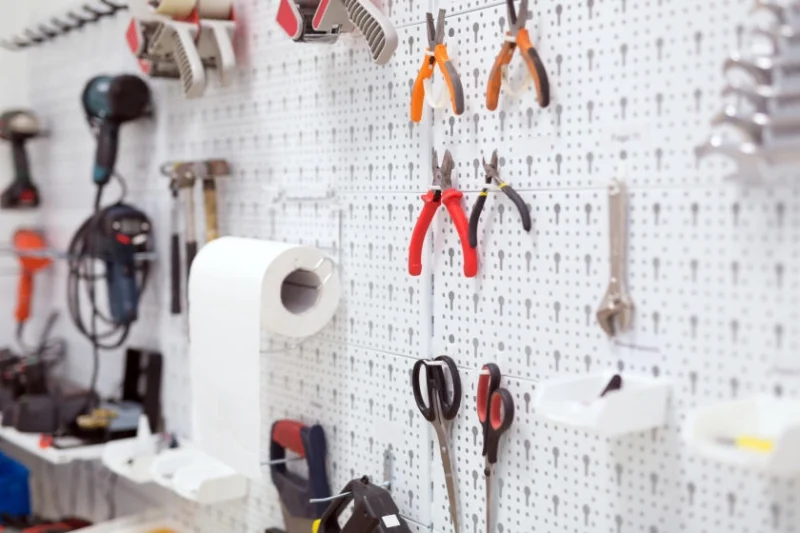
Step 5: Buy or Build Shelves
Installing shelves on the walls of the garage is an excellent way to keep items out of the way but within easy reach when needed. There are a number of options available commercially but you can also build a basic utility shelf. Remember, when buying wood, that the top and bottom sections and the two sides should be the same length. Each shelf should be 1-1/2″ shorter than the top and bottom pieces.
Mark the measurements on your boards with a pencil line. Using c-clamps, attach the board to sawhorses, a sturdy table or a workbench, positioning your pencil line just off the edge. Double-check your measurements. Carefully cut the wood using a handsaw or circular saw. Sand the rough-cut edges with sandpaper.
SAFETY ALERT!
Always take proper safety precautions when working with a saw. If you’re using a circular saw, be sure to wear protective eyewear. You may also want to wear a dust mask to keep from inhaling sawdust.
Glue the ends of the two side pieces to the inside edge of the bottom piece with wood glue. Once the glue dries, attach the top piece in the same way. After gluing the unit together, use woodscrews to mount the top and bottom pieces to the sides. This will make your shelves sturdier. Mark a dot in each corner of the top and bottom pieces of wood about 1-1/2″ to 2″ from the top and bottom edges and about 3/8″ from the outside edges. Using a drill bit that’s a little smaller in diameter than your flathead wood screws, drill holes at each of the marks through the top and bottom pieces into the side pieces. Doing this before you install the screws should keep the wood from splitting. Put the screws in and tighten with a screwdriver.
Determine the placement of the shelves and, using a ruler, mark a line on each side of the unit. Screw in L-brackets so that the top of the bracket is level to the line you just drew. Use two brackets per side. Now slide the shelves in so they rest on the brackets.
Congratulations! Your garage is now orderly and organized.
